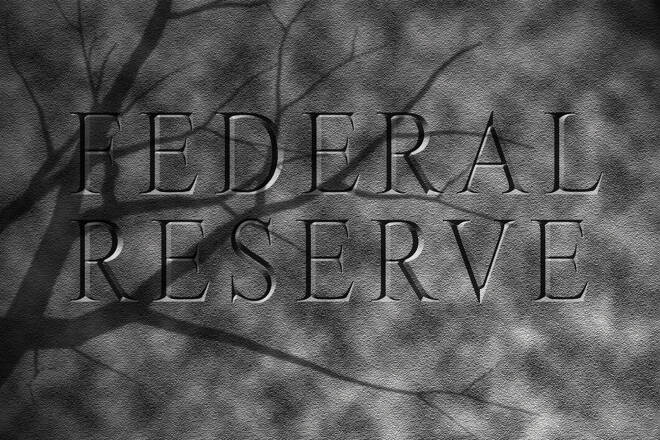Advertisement
Advertisement
Fed’s Williams and Collins Weigh in on Interest Rates and Inflation Target
By:
Federal Reserve leaders express caution over uncertain economic outlook and monetary policy.
Highlights
- Williams acknowledges uncertain economic outlook and Fed policy to be data-driven.
- Collins says interest rates must stay steady to lower inflation back to 2% target.
- Both Williams and Collins caution on the unpredictability of future monetary policy.
Overview
Both Williams and Collins acknowledged the uncertain economic outlook and the need to monitor the effects of credit conditions on growth, employment, and inflation.
Williams expressed confidence that Fed actions will bring inflation down to their 2% longer-run goal, while Collins stated that maintaining interest rates at a certain level for a significant period of time will be necessary to lower inflation back to its 2% target.
NY Fed President Williams Acknowledges Uncertain Economy.
Federal Reserve Bank of New York President John Williams gave a speech on Friday in which he acknowledged the uncertain economic outlook and how it will affect interest rate policy.
Williams stated, “The economic outlook is uncertain, and our policy decisions will be driven by the data and the achievement of our maximum employment and price stability mandates.”
He expressed confidence in the Fed’s actions to bring inflation down to their 2% longer-run goal, saying, “I am confident that our actions will bring inflation down to our 2% longer-run goal.”
However, Williams remained cautious and did not make any explicit statements regarding the future of monetary policy in light of financial conditions and bank failures.
He noted that he will closely monitor credit conditions and their effects on growth, employment, and inflation, stating, “I will be particularly focused on assessing the evolution of credit conditions and their effects on the outlook for growth, employment, and inflation.”
The Fed plans to increase interest rates once more this year and then maintain steady policy for the remainder of the year.
Boston Fed President: Steady Interest Rates Needed to Lower Inflation to Target
Boston Federal Reserve President Susan Collins stated on Friday that it will be necessary to maintain interest rates at a certain level for a significant period of time to lower inflation back to its 2% target.
Despite the report showing a key gauge of inflationary pressures eased last month, Collins cautioned that the core thrust of price pressures had not yet cooled enough to change the monetary policy outlook.
The Fed’s aggressive rate hikes over the last year aimed to lower inflation and the central bank’s benchmark overnight interest rate has increased from near-zero levels to the current 4.75%-5.00% range.
Collins acknowledged that the future of monetary policy is unpredictable due to incoming data.
Although Fed forecasts released last week projected one more 25-basis-point rate hike, Collins stated that the future of monetary policy remains subject to change. She pointed out that there have been surprises along the way, and that could happen again.
In Collins’ view, the central bank will have to hold rates at its stopping point for some time to get inflation down, even if upcoming data, including the release of the March jobs report, show notable cooling.
Collins said, “the key for the Fed is to really let tighter conditions work through the economy. That’s going to take some time and I think that’s just a reality.”
Collins also welcomed the surge in bank borrowing from the Fed to meet liquidity needs, stating that there appears to be a “bit less stigma” to using some of the available facilities.
For a look at all of today’s economic events, check out our economic calendar.
About the Author
James Hyerczykauthor
James Hyerczyk is a U.S. based seasoned technical analyst and educator with over 40 years of experience in market analysis and trading, specializing in chart patterns and price movement. He is the author of two books on technical analysis and has a background in both futures and stock markets.
Latest news and analysis
Advertisement
